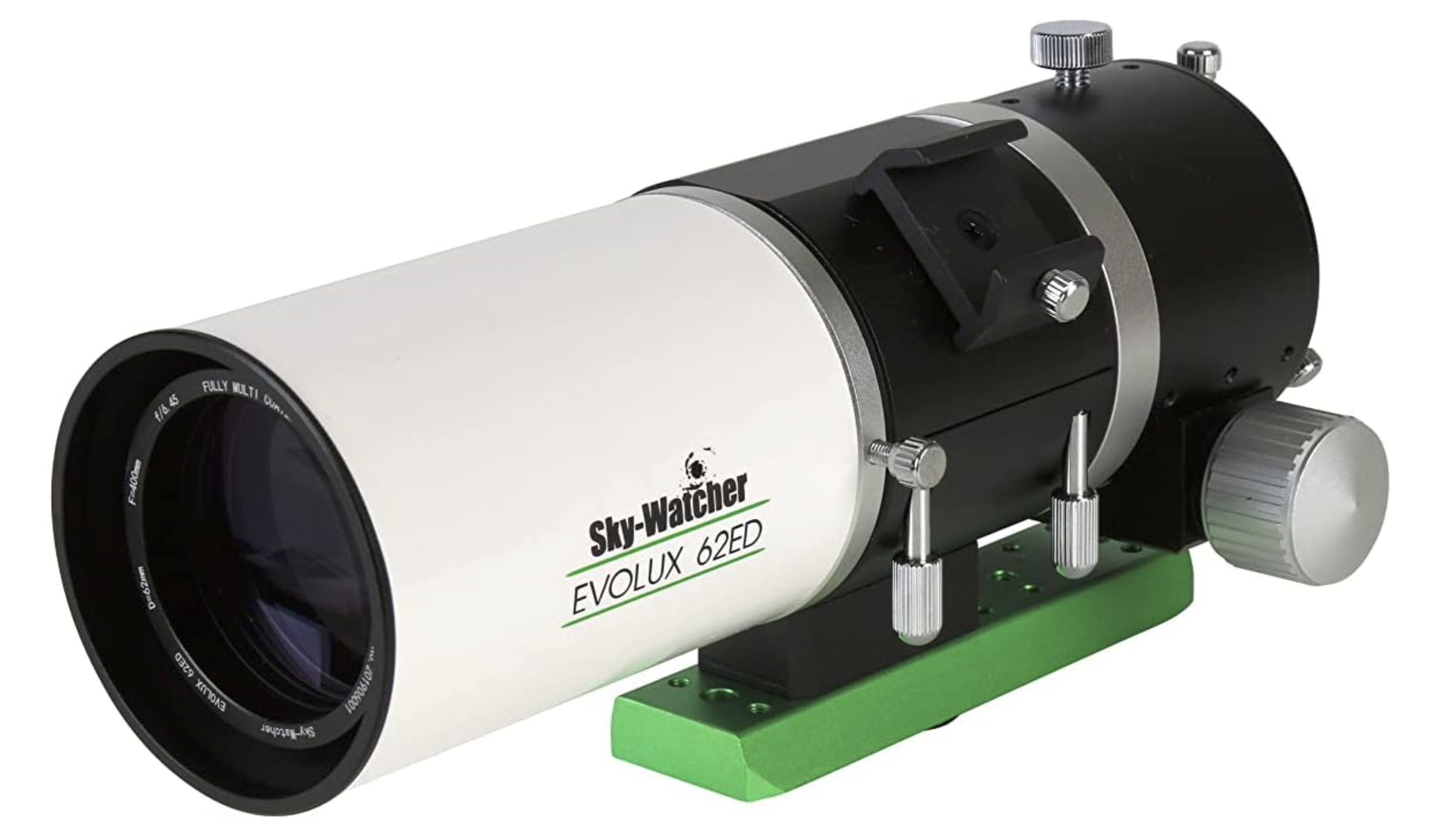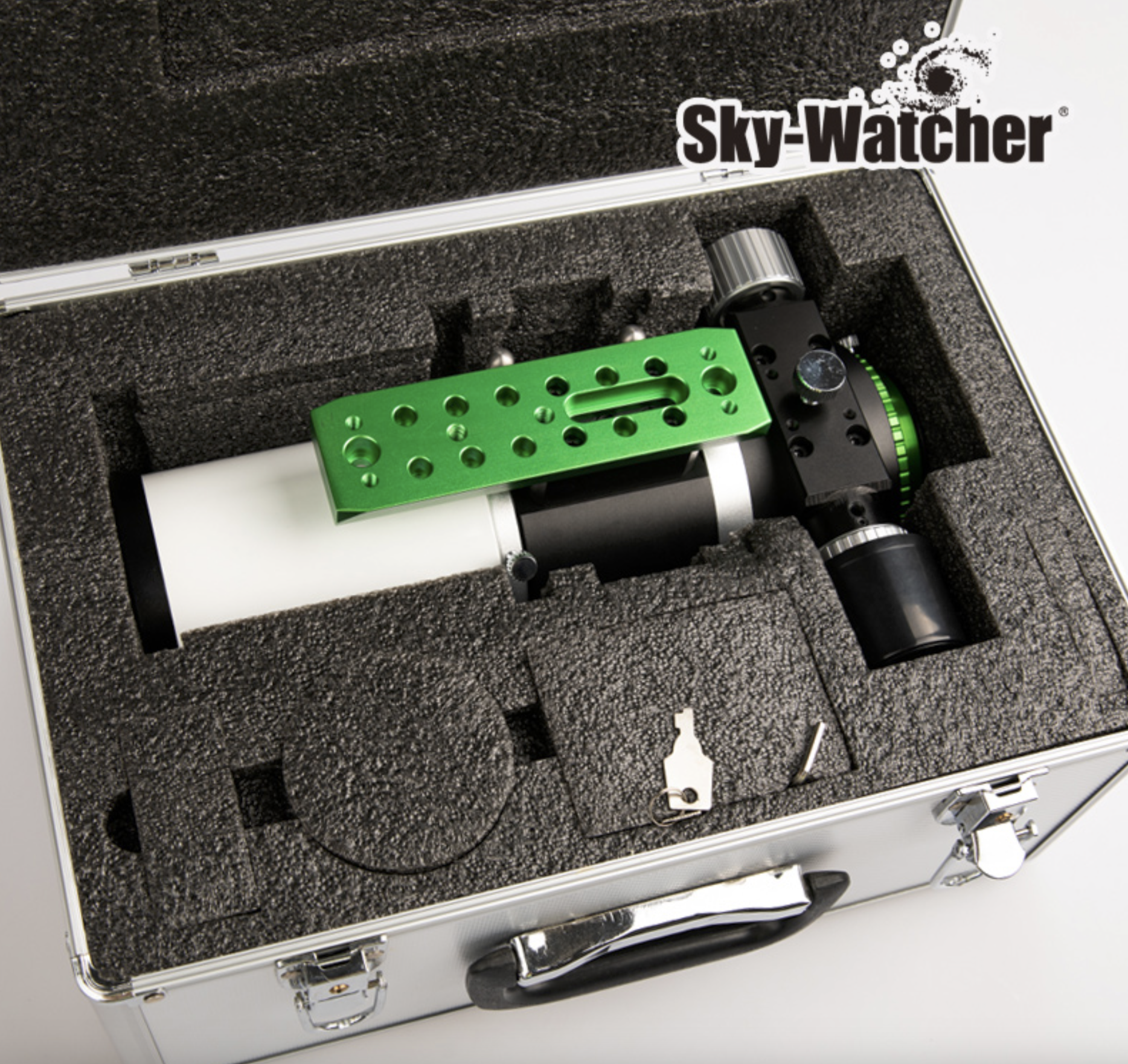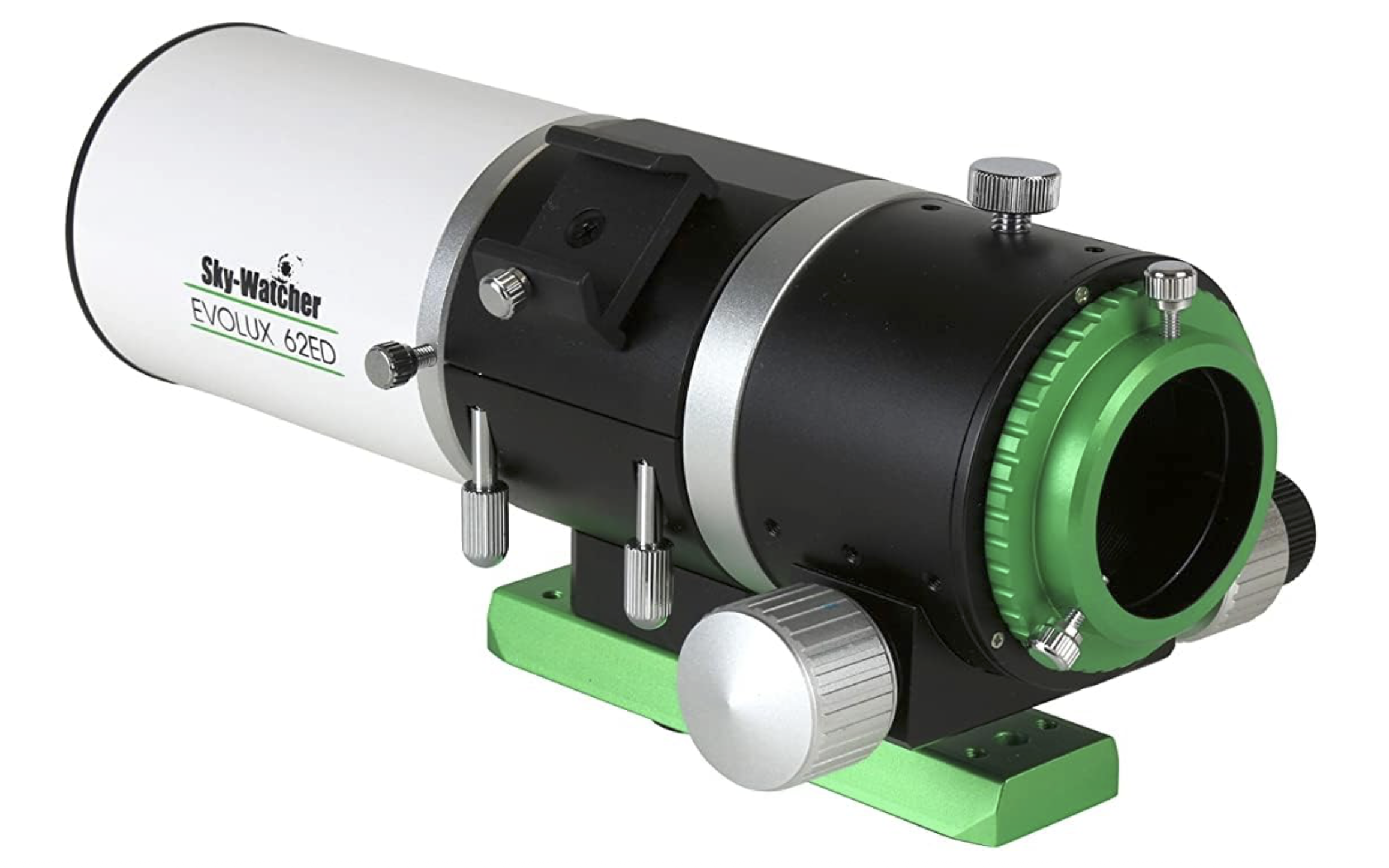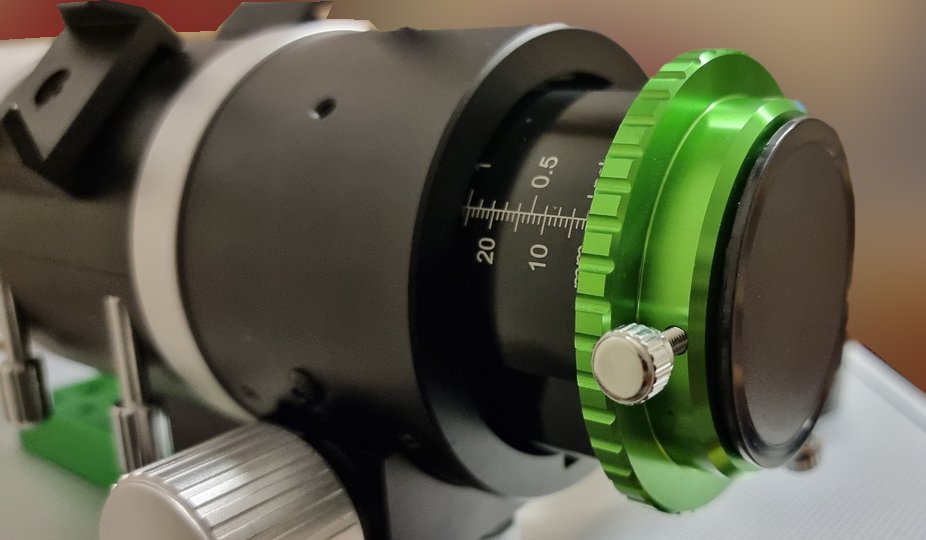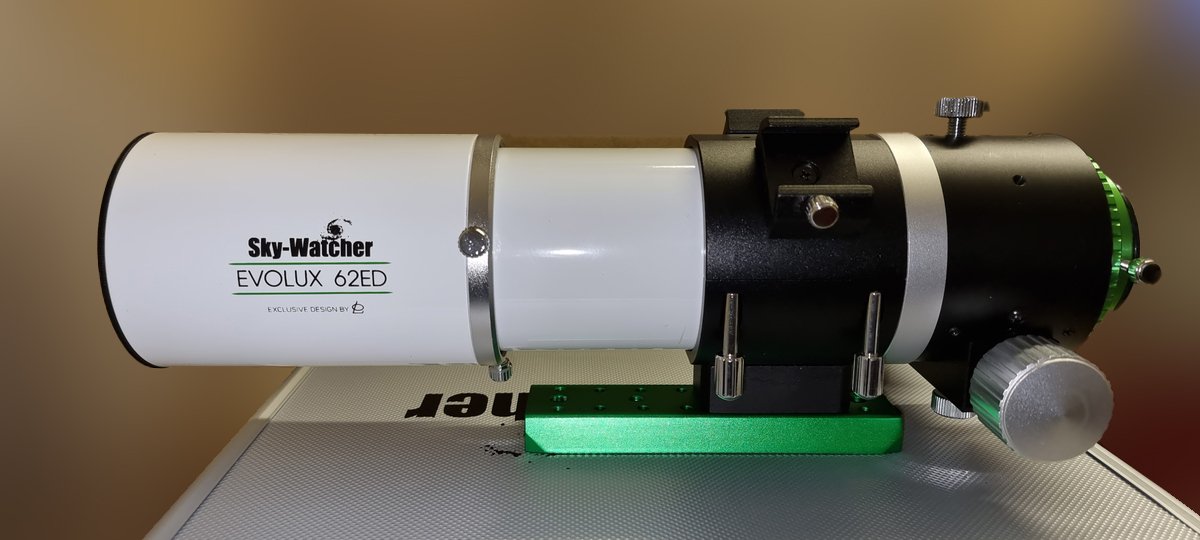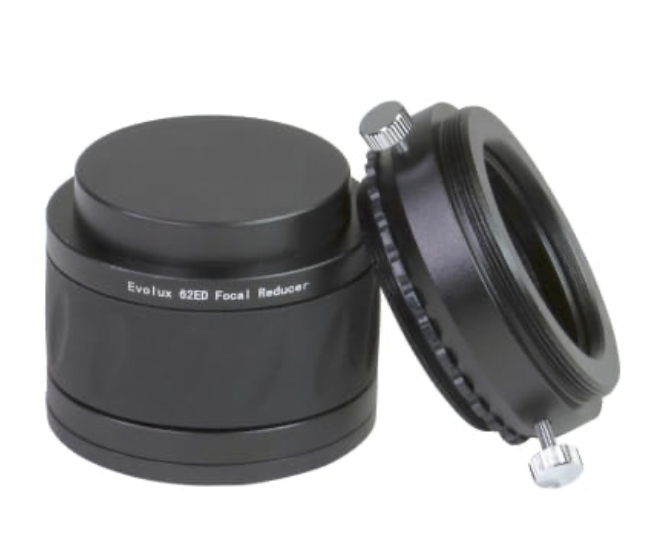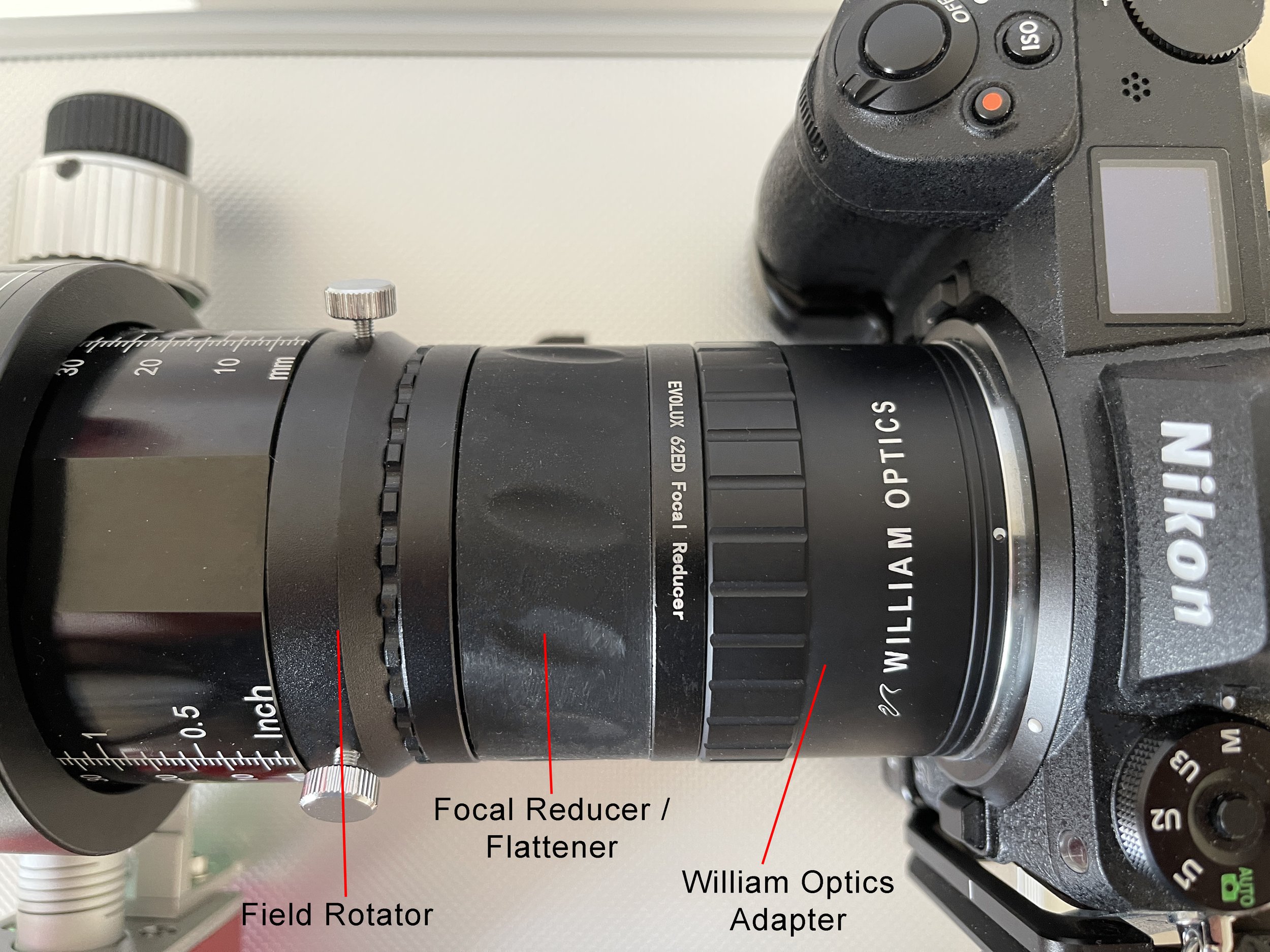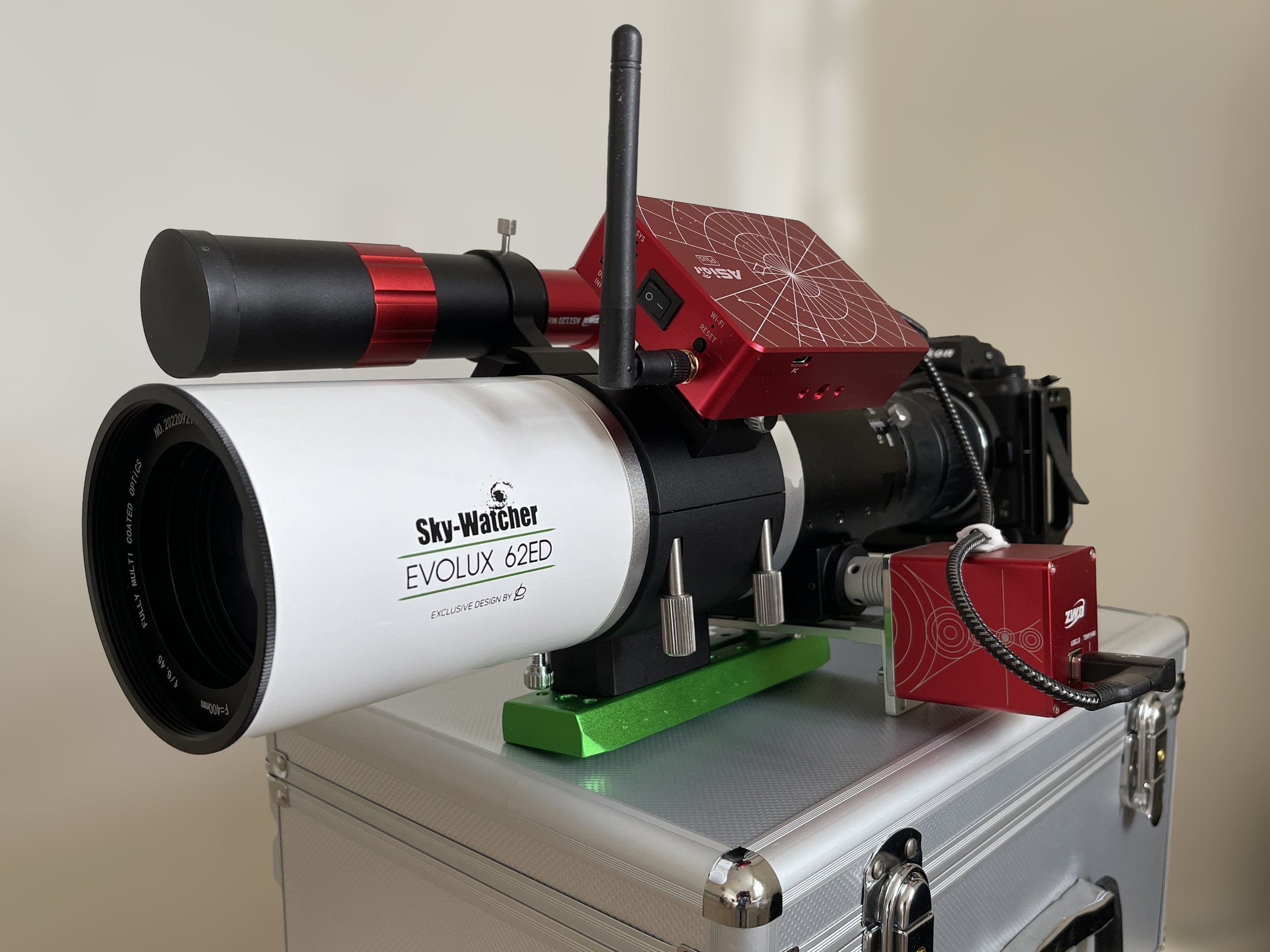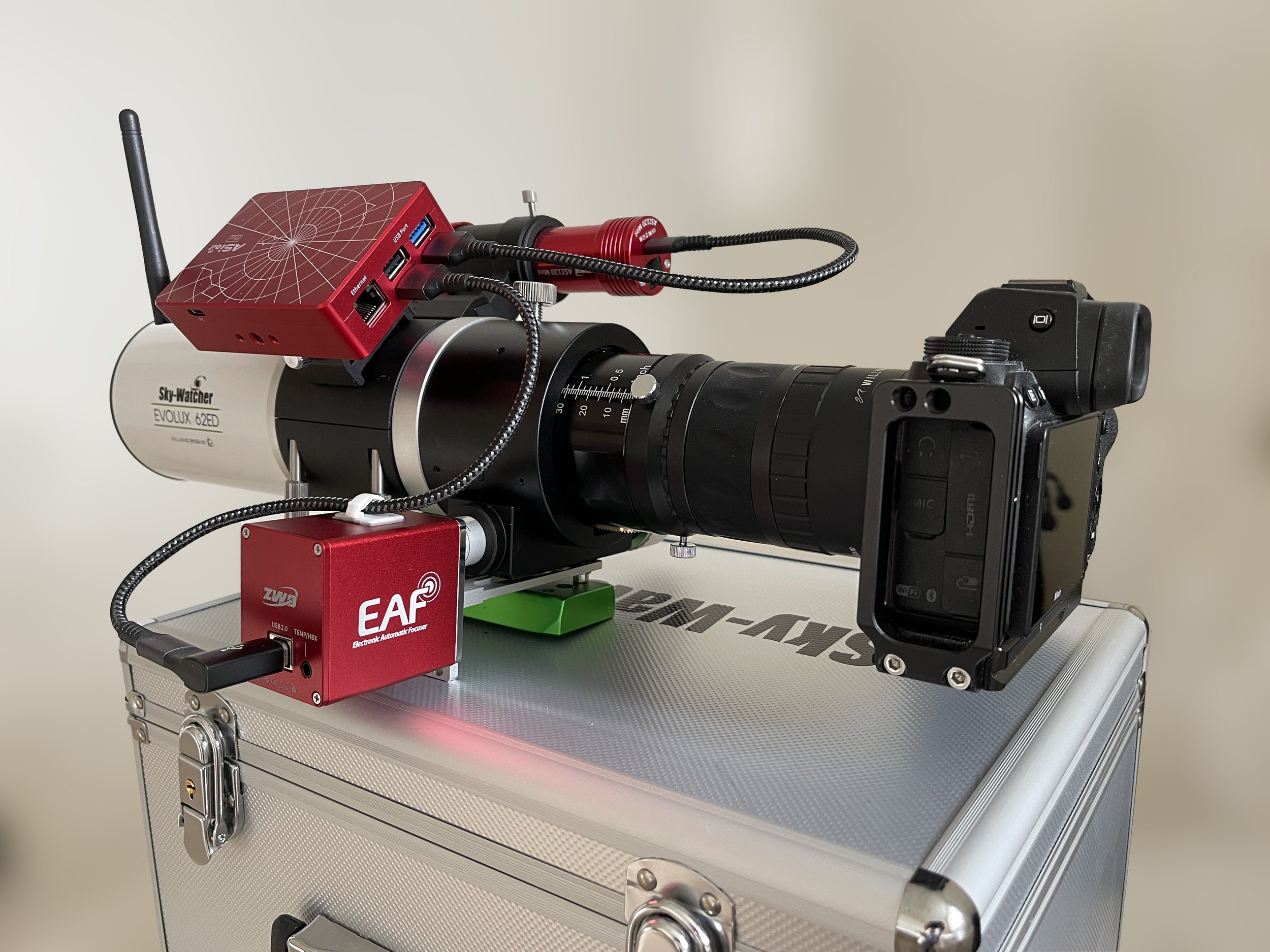My Astrophotography Journey: Switching to a Refractor
One of my main goals in starting out in astrophotography is to avoid the need to spend all night outside in the cold watching the telescope. The requirement of long exposures and multiple images where you can’t actually see what’s happening is not that appealing to me. I have been looking into methods for automating the acquisition of images without actually sitting in the dark by the telescope. This series of posts follows me in my journey towards an automated astrophotography setup that can be used at home or elsewhere without breaking my budget.
In this post I cover the switch to a dedicated refractor telescope.
There are many reasons to consider a dedicated telescope even if you have a DSLR or Mirrorless camera with a selection of lenses. After all, I have been using a 400mm Nikkor lens on my Nikon Z7ii camera for a while - so why did I need to buy a 400mm refractor telescope?
Refractor telescopes are effectively telephoto lenses, but there are some significant differences:
photographic lenses are predominantly designed to be used at normal terrestrial distances and do not perform at their best at longer distances whereas telescopes are aimed at being used at infinity focus
photographic lenses are designed to be reasonably sharp over the whole image area at a variety of f-numbers whereas telescopes are designed to be used at a fixed f-number and to be as sharp as possible in the centre area
photographic lenses tend to have a short focus throw that makes it difficult to make fine adjustments especially if they are autofocus models whereas telescopes have a long focus throw that makes it easier to fine tune the focus position
Another big issue for me was that I wanted to leave my imaging setup unattended, possibly overnight, to get images while I was doing something else - like watching TV, eating or sleeping. I have been reluctant to try this with my current equipment as the combined price for the camera and lens was well over £4,000. Leaving that out in the UK with the particularly changeable weather and the high risk of theft (even in the back garden) was not something I would consider. A cheaper, simple telescope setup would be much less likely to keep me awake worrying whether it would still be there in the morning.
Once I had decided it was time to make the change to a refractor telescope the next choice was which one. My criteria for choosing the telescope were:
around 400mm focal length for reasonably wide field astrophotography (I already had a C6 SCT with its 1500mm focal length)
cost - preferably less than £500 for the OTA and mounting equipment and accessories
lightweight - needed to be able to meet the 5kg payload requirements of my Sky Watcher Star Adventurer GTi when combined with all my accessories (guide scope and camera, ASIair Plus, ZWO EAF, dew heaters and main imaging camera)
small - something that can be easily stored when not in use or put int the back of the car if travelling
reasonably well built
easy to get in the UK
I narrowed my choices down to the Sky Watcher EvoStar 70ED and the Evolux 62ED. Although the Evolux was about 500g heavier than the EvoStar, its compact size of only 295mm appealed to me (compared to the 420mm tube length of the EvoStar). The Evolux’s build quality, finish and focuser sturdiness were also reported to be better than the EvoStar.
So, aa quick trip to the First Light Optics website and it was ordered.
Sky Watcher EVOLUX 62ED
The Evolux 62ED arrived in a small aluminium sided case, revealing a solid and well-padded interior.
Evolux 62ED in its padded case
I already knew that the telescope was going to be small but I was still surprised at how compact this was for an optical tube assembly of this focal length. At 295mm in length it is almost the same size as my Nkkor Z 100-400 zoom lens which comes in at roughly 280mm with the lens hood removed. The Evolux is almost twice the weight, however, at 2.5kg compared to 1.4kg for the lens. The lens has an aperture of f/5.6 at 400mm compared to f/6.4 for the telescope, but this issue only about ⅓ stop difference.
The telescope is mounted in a single clamshell-style tube ring that is fitted with two finder/guidescope brackets, and this assembly is bolted securely onto a short Vixen-style dovetail bar. The machined clamshell holds the telescope very snugly and securely and there is no sign of wobble.
Two finderscope shoe clamps are fitted onto the clamshell
At the rear of the OTA, Sky-Watcher has changed from the Crayford-style focusers seen on other models for a more robust 2.4-inch rack and pinion focuser. This utilises a linear geared bar on the underside of the focus barrel that meshes with a pinion drive gear in the focuser. This is designed to hold a greater weight with less risk of slipping than the Crayford focusers that rely on friction alone to maintain position, an important consideration since I will be mounting a full frame mirrorless camera onto the telescope.
The focuser is fitted with a single coarse focus knob on one side with a combined coarse/fine focuser on the other. Fine focus is via an 11:1 gear ratio allowing very small adjustments to be made. Two heavy duty thumb screws are positioned above and below the draw tube to lock it in place. The draw tube is indexed on both sides with inches and millimetre scales. The focuser travel is 0 - 65mm.
Evolux 62ED Focus Draw Tube Scale
The Evolux is finished in the new white, black and green colour scheme associated with modern Sky-Watcher products. The white surfaces are a gloss powder coating that almost looks like it has been enamelled, while the black sections and green accents are anodised aluminium. The materials and finish make the Evolux a very attractive looking unit, certainly an improvement over some of the competition.
The integrated dew shield is held in place by two thumb screws and can be extended to bring the whole assembly to 370mm in length.
Evolux 72ED with dew shield extended
The only issue I have found so far is with the telescope lens cap. This metal cap slides over the end of the dew shield, but it is quite a shallow cap and I find it tends to fall off quite regularly. Others have said the cap is quite a tight fit, so i’m not quite sure whether it’s normal or some sort of quality variation. Possibly lining with a layer of felt tape will make it fit a little more snuggly.
Once attached to the Star Adventurer GTi mount the short Vixen-style foot allowed perfect and quick balance with an eyepiece fitted but replacing the eyepiece with the optional field flattener, T-ring and mirrorless camera was so rear heavy I couldn’t move the scope forward enough to obtain balance with the standard dovetail plate. The dovetail can be repositioned but the lower focuser locking thumb screw gets in the way, preventing the bar from being moved back far enough. Removing the screw is simple though (I would need to do this anyway as I wanted to fit an autofocus motor) and the upper locking screw works well by itself. The dovetail is held in place by four hex bolts and removal and relocation is simple.
Evolux 62ED Focal Reducer
The optional focal reducer/field flattener is screwed directly onto the rear of the draw tube. This requires that the green aluminium visual back is completed removed and replaced. Usefully, the field flattener also includes a rotator and integrated 2” filter holder. This gave a very solid connection, with no risk of slippage or of the camera falling.
I also obtained a William Optics 48mm to Nikon Z mount adapter. This adapter screws directly onto the rear of the field flattener and comes with a built in 39mm extension which when combined with Nikon’s Z camera flange distance of 16mm brings the camera sensor exactly 55mm from the rear of the flattener, achieving the correct back focus distance.
William Optics M48 to Nikon Z Mount Adapter
Imaging train showing location of the optional field rotator, focal reducer/flattener and Nikon cameras adapter mounted on the end of the draw tube
Optics
The Evolux 62ED is an air-spaced doublet apochromatic refractor that uses extra-low dispersion (ED) glass for one element, with a matching crown element. The ED glass has been specifically formulated to reduce chromatic aberration when used in a twin-lens (doublet) configuration and helps focus all three colour channels (red, green and blue) to the same plane, reducing the coloured halos often seen in single or double-lens refractors.
The ED glass element also improves light transmission and, combined with Sky-Watcher’s Metallic High-Transmission Coatings (MHTC), claims to offer 99.5% light transmission.
The optional focal reducer/field flattener also comprises two multicoated elements with one being ED glass. Doublet refractors provide a curved focal plane so stars are not point-like near the edges in the image when projected onto a flat camera sensor. The flattener provides an image corrected to the edge of the field, reported tp cover a 30mm diameter imaging circle - so not quite full frame. It is rotatable to optimize your framing and accepts 50.8mm (2”) filters. This brings the Evolux to a four element OTA featuring two ED glass elements.
Sky Watcher Evolux 62ED with ASIair Plus, ZWO guidescope and ASI120MM Mini guide camera and ZWO EAF
Sky Watcher Evolux 62ED with ASIair Plus, ZWO guidescope and ASI120MM Mini guide camera and ZWO EAF
Vital stats
Optics: air-spaced doublet refractor with ED lens with optional 2 element 0.9x focal reducer/field flattener with ED lens
Aperture: 62mm
Focal length: 400mm f/6.45, 360mm f/5.8 with optional focal reducer/field flattener
Focuser: CNC-machined dual-speed rack and pinion
Extras: Tube clamshell ring, Vixen-style dovetail bar, 2x finderscope brackets, carry case, 2-inch eyepiece adaptor
Weight: 2.5kg
Final Thoughts
The Evolux’s weight and dimensions render it a perfectly portable grab-and-go telescope, suitable for both astronomy and astrophotography. Build quality is good for an entry level scope and the dual finder shoes make mounting the ASIair Plus and guiding system very simple.

